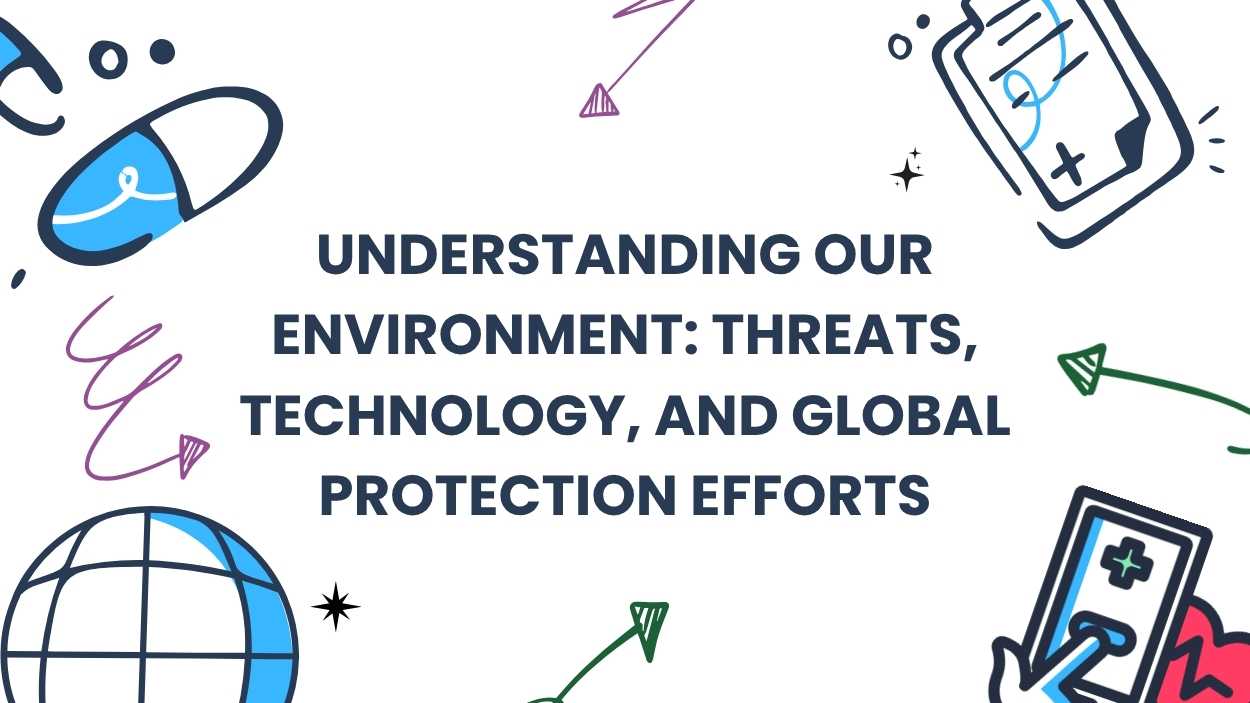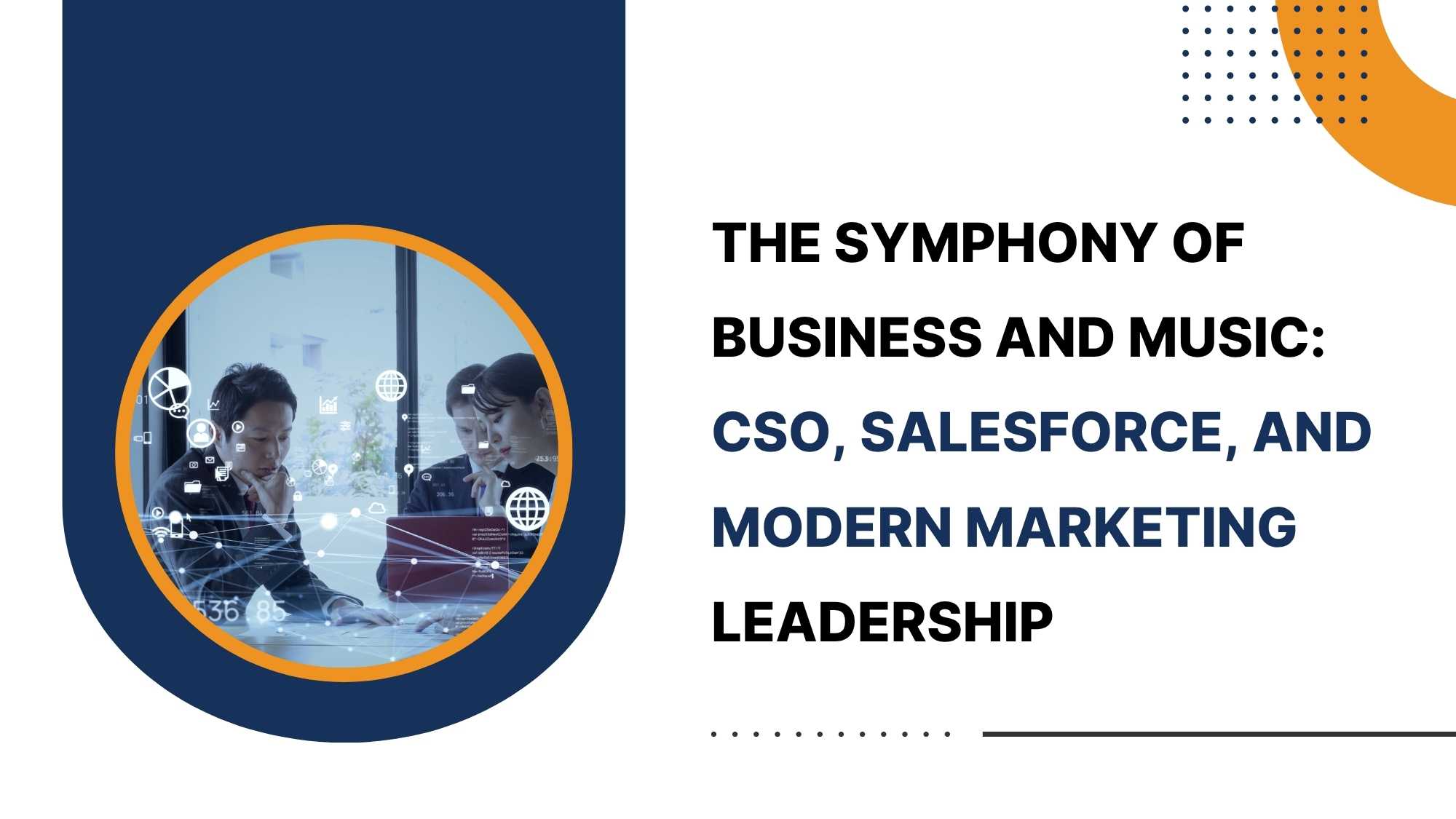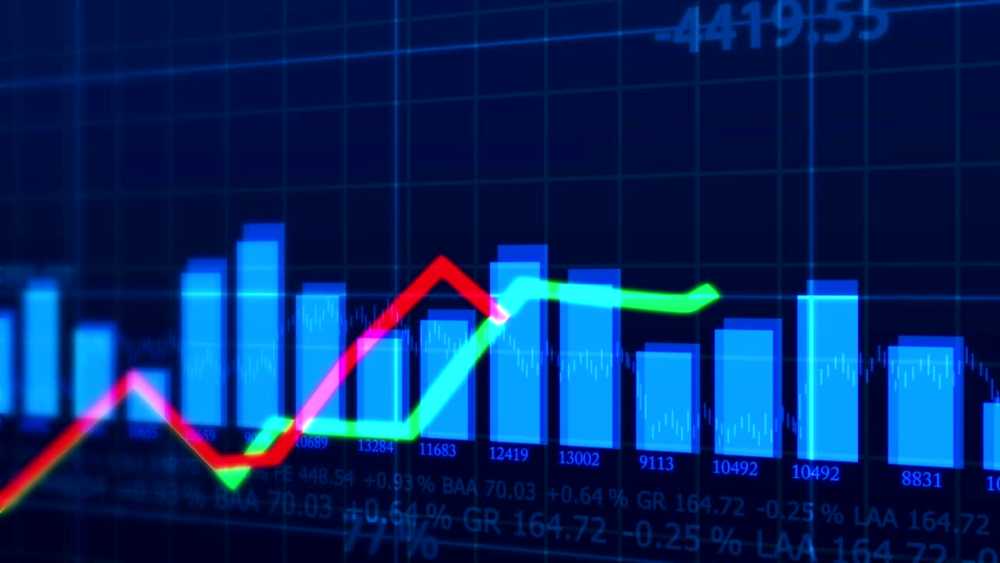The wellness industry is no longer just a niche market; it’s a profound cultural movement undergoing a significant metamorphosis. In 2025, consumers are not merely seeking superficial fixes or fleeting fads; they are actively demanding tangible, measurable results that contribute to a longer, healthier life – a true ‘healthspan.’ This shift, largely propelled by younger generations, signals a mature and discerning consumer base willing to invest in solutions that provide clinical backing, personalization, and a clear path to improved physical and mental well-being, pushing the market far beyond generic offerings towards highly specialized interventions.
At the heart of this evolution lies an undeniable demand for scientific rigor. The era of vague ‘clean’ claims is giving way to a preference for ‘clinical’ validation, where efficacy is paramount and supported by peer-reviewed studies, transparent ingredient disclosures, and expert endorsements. This sophisticated approach extends to everything from daily supplements and skincare to advanced diagnostics and wearables, empowering individuals with data about their own bodies. Technology serves as a crucial enabler, translating complex biological insights into actionable strategies for optimized nutrition, enhanced sleep, and proactive disease prevention, making wellness a truly evidence-based pursuit.
Furthermore, the concept of self-care is transforming from a simple routine into a deeply indulgent and personalized ritual, recognized as a vital investment in resilience. As modern life intensifies, mental well-being and stress management solutions are no longer optional but essential. Consumers are seeking advanced tools—ranging from prescription digital therapeutics to sophisticated sound therapy—that offer measurable relief and foster sustained emotional balance. This blend of ancient wisdom (like forest bathing) with cutting-edge tech underscores a holistic understanding that true wellness encompasses both inner harmony and external support, elevating self-nurturing to an art form.
The boundaries of where and how wellness is practiced are also expanding dramatically, making the home a central hub for health optimization. At-home fitness equipment now integrates smart coaching and personalized programs, while recovery technologies like advanced mattresses and cold plunge tubs bring sophisticated therapeutic experiences directly into living spaces. This reflects a desire for seamless integration of wellness into daily life, moving beyond structured gym visits or spa days. Even digital well-being encourages intentional relationships with technology, paradoxically leading to more real-world, nature-based experiences that reconnect individuals with their environment.
Ultimately, 2025’s wellness landscape is characterized by a powerful convergence of consumer empowerment, scientific innovation, and a deeply personalized approach to health. It’s about individuals taking ownership of their well-being journey, guided by data, driven by proven outcomes, and supported by a diverse ecosystem of products and services that cater to their unique identity and evolving needs. For brands, success lies in understanding this paradigm shift: offering credible, transparent, and highly tailored solutions that don’t just promise better living, but demonstrably deliver it, fostering trust and loyalty in a market truly focused on lasting transformation.













